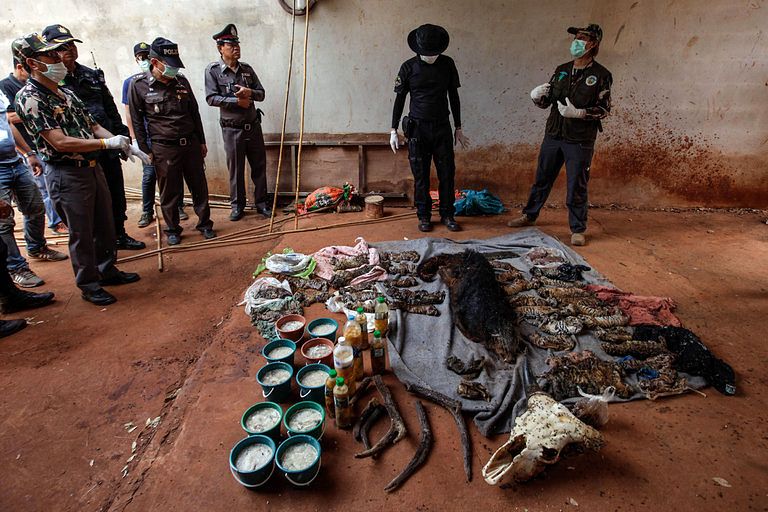In Vietnam, the annual production of household wastewater – currently accounts for 30% of all wastewater discharge – is increasing due to the country's rapid urbanization.
According to a recent water pollution report by the Center of Environment and Community Research (CECR), 90% of wastewater from urban households in Vietnam gets directly released to the environment without treatment, Tuoi Tre reports.
“The majority of wastewater only receives primary treatment in septic tanks [where solids and organics are reduced through settling and anaerobic processes] before it is discharged through the sewer system into the environment," said Nguyen Ngoc Ly, director of CECR.
For example, rivers such as To Lich, Kim Nguu, and Set are becoming part of Hanoi's drainage system. Those rivers' surface water is turning black and stinky because of pollutants from untreated sewage.
The report – a result of a four-year study on the state of water quality in 63 Vietnamese provinces – also shed light on the troubling fact that surface water quality of many lakes, rivers, and canals in Vietnam has deteriorated to the point that is threatening to human livelihood.
The findings point out that the rapid industrialization and urbanization during the recent three decades is part of the driving force that worsens water quality and makes water pollution more ubiquitous.
One of the biggest challenges preventing this problem from being tackled is that water pollution is usually overlooked in economic development and only plays a minor role in environmental protection law. Regulations that concerns water quality is uncentralized and managed by different legal units, making it hard for counter efforts to be implemented. Thus, CECR also suggests drafting a water pollution regulation bill to be sent for approval in the 14th National Assembly.
[Photo via Tuoi Tre]














